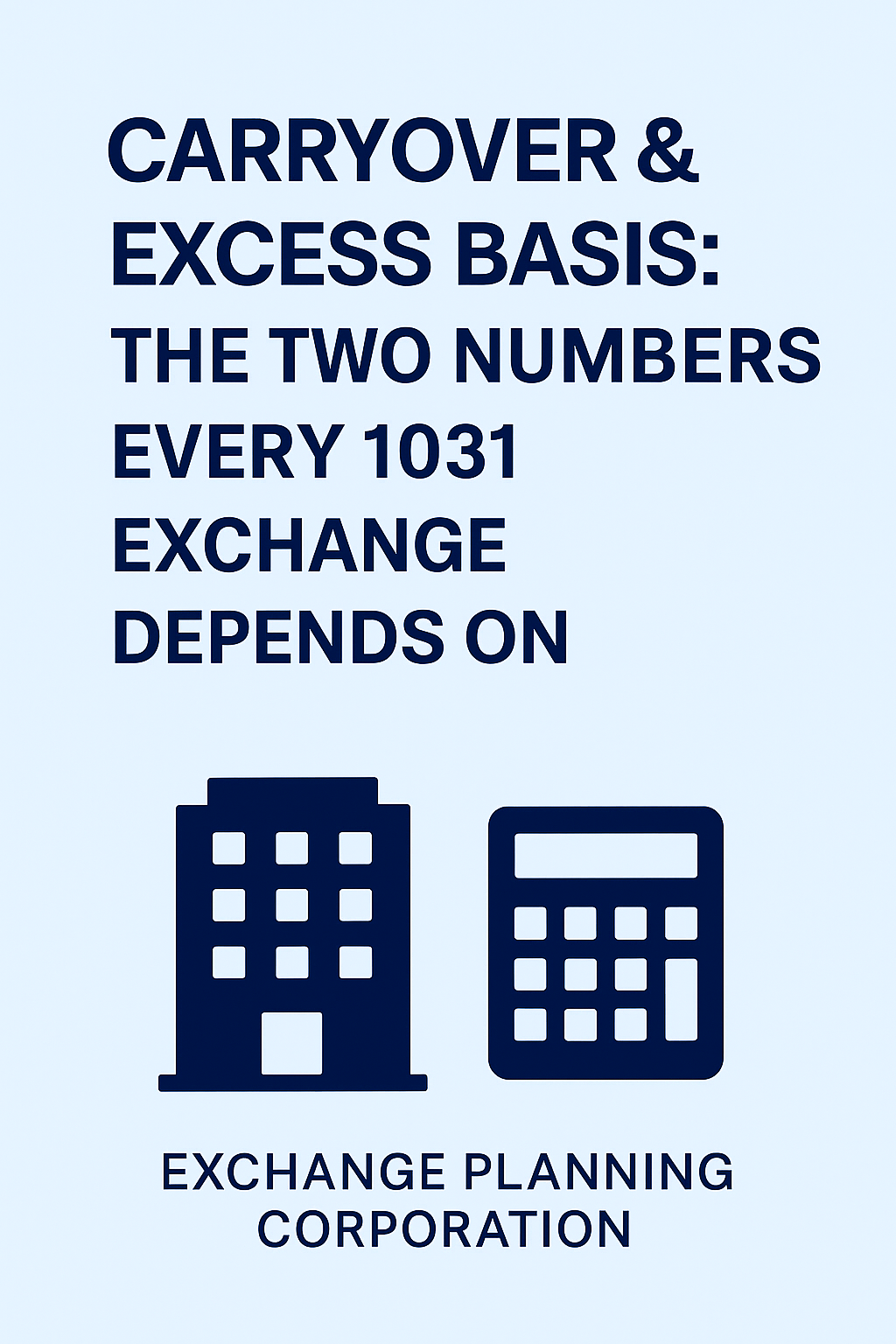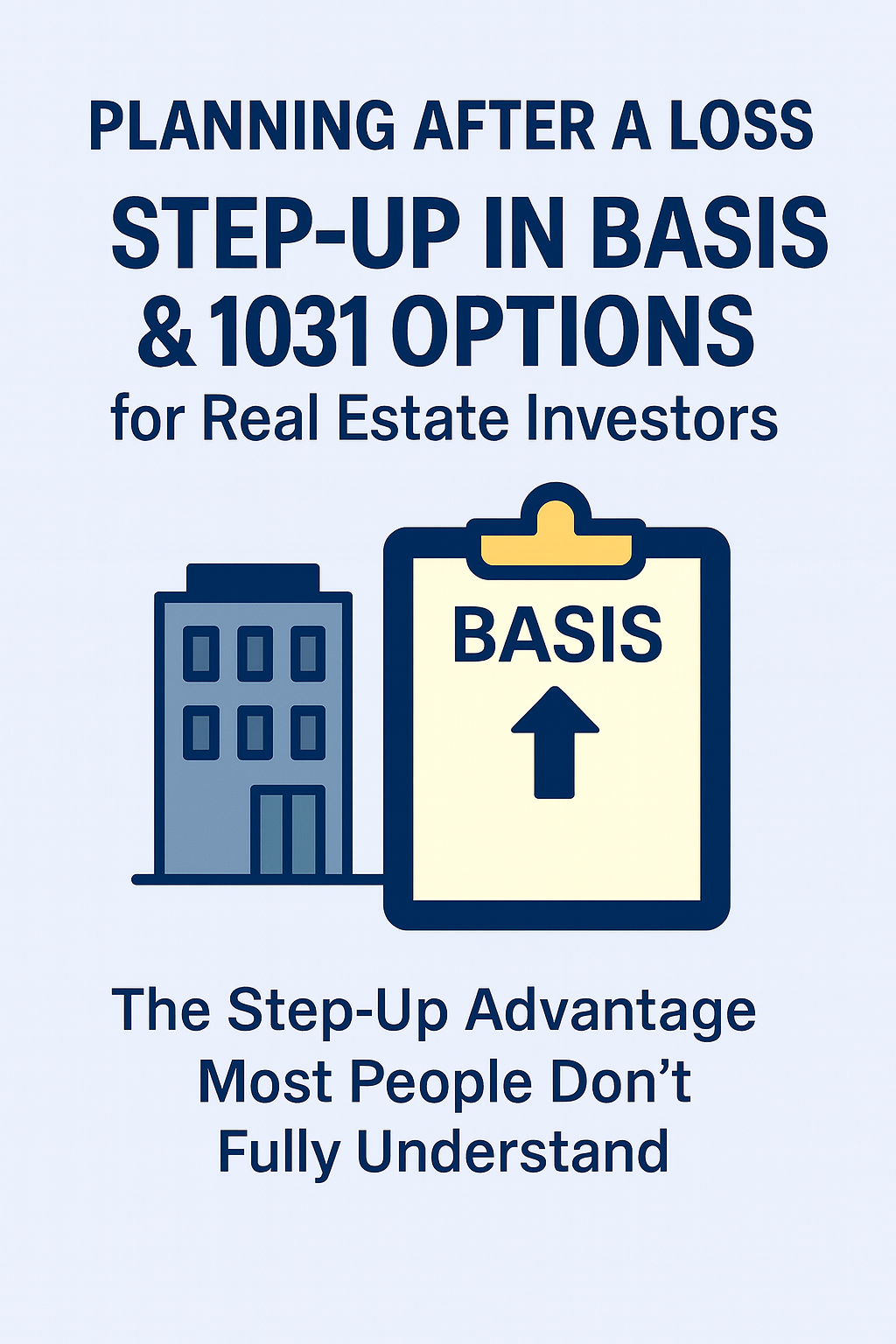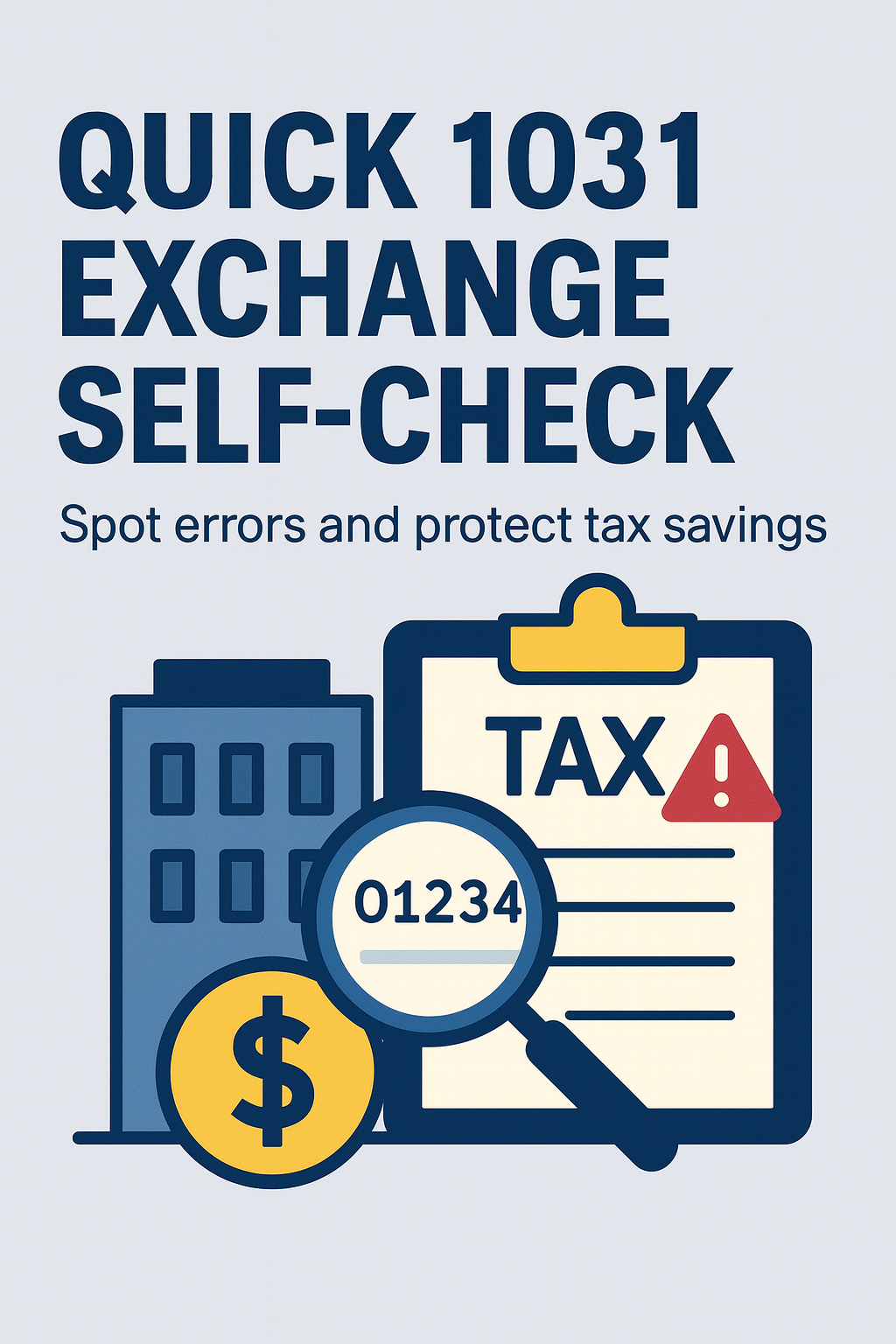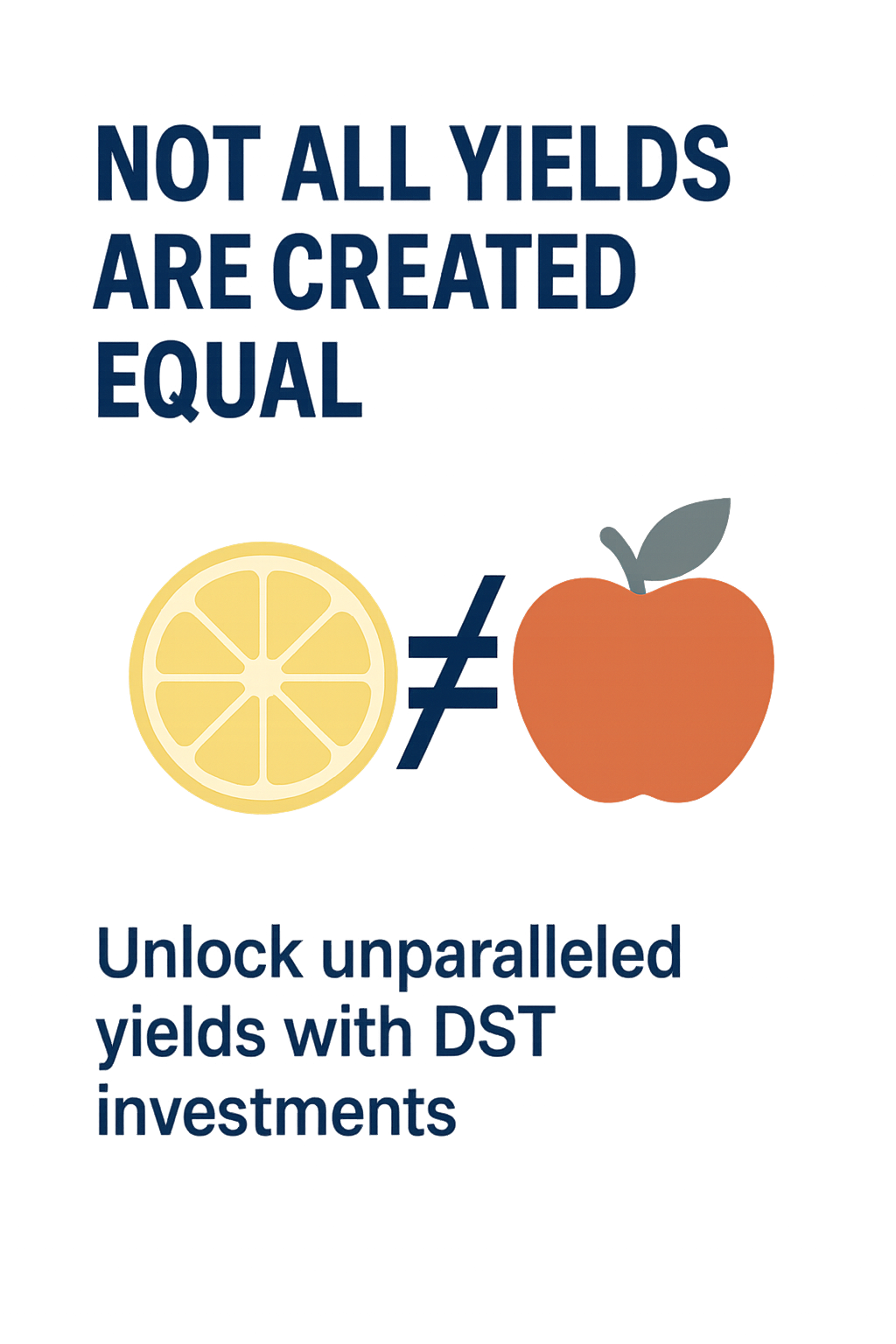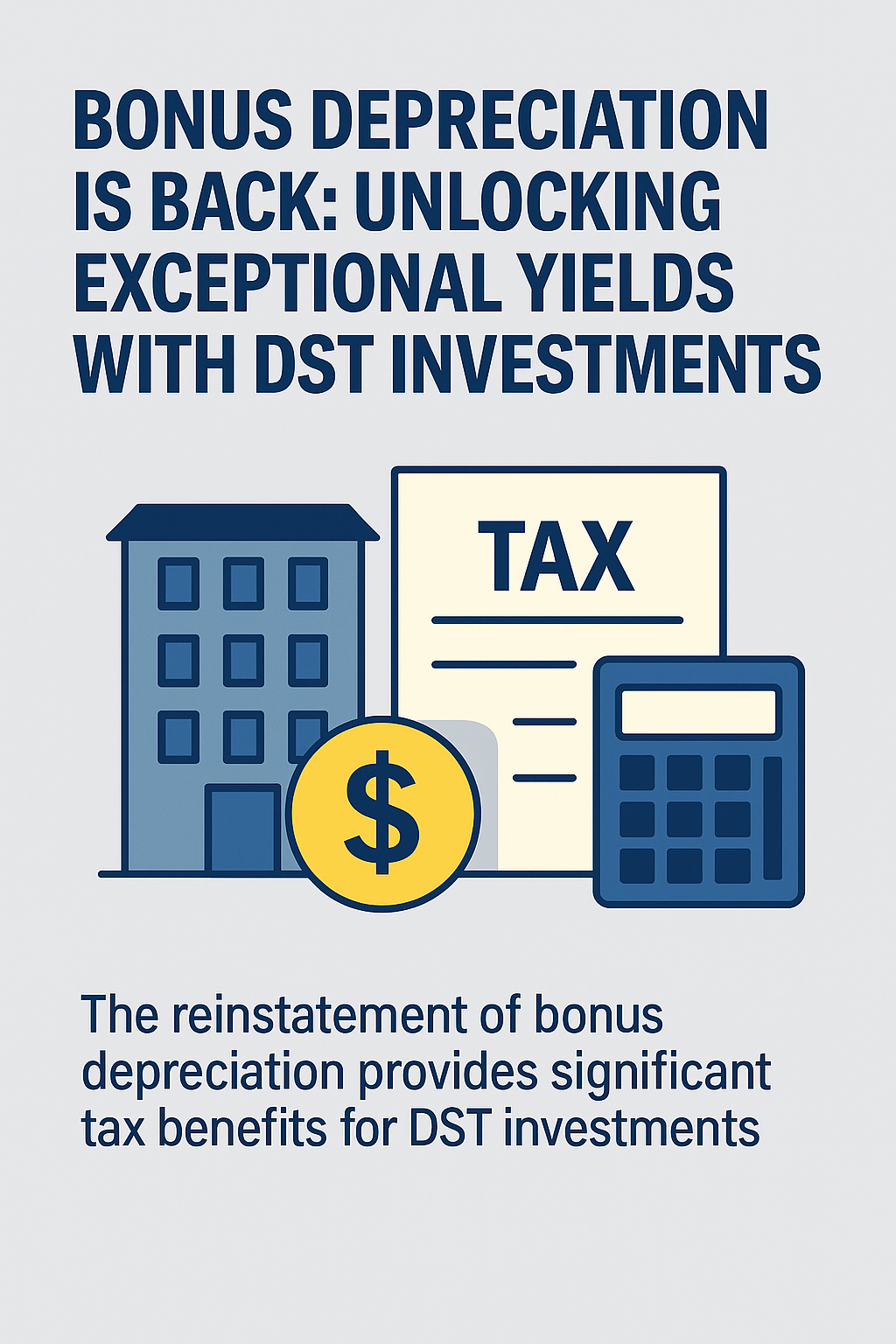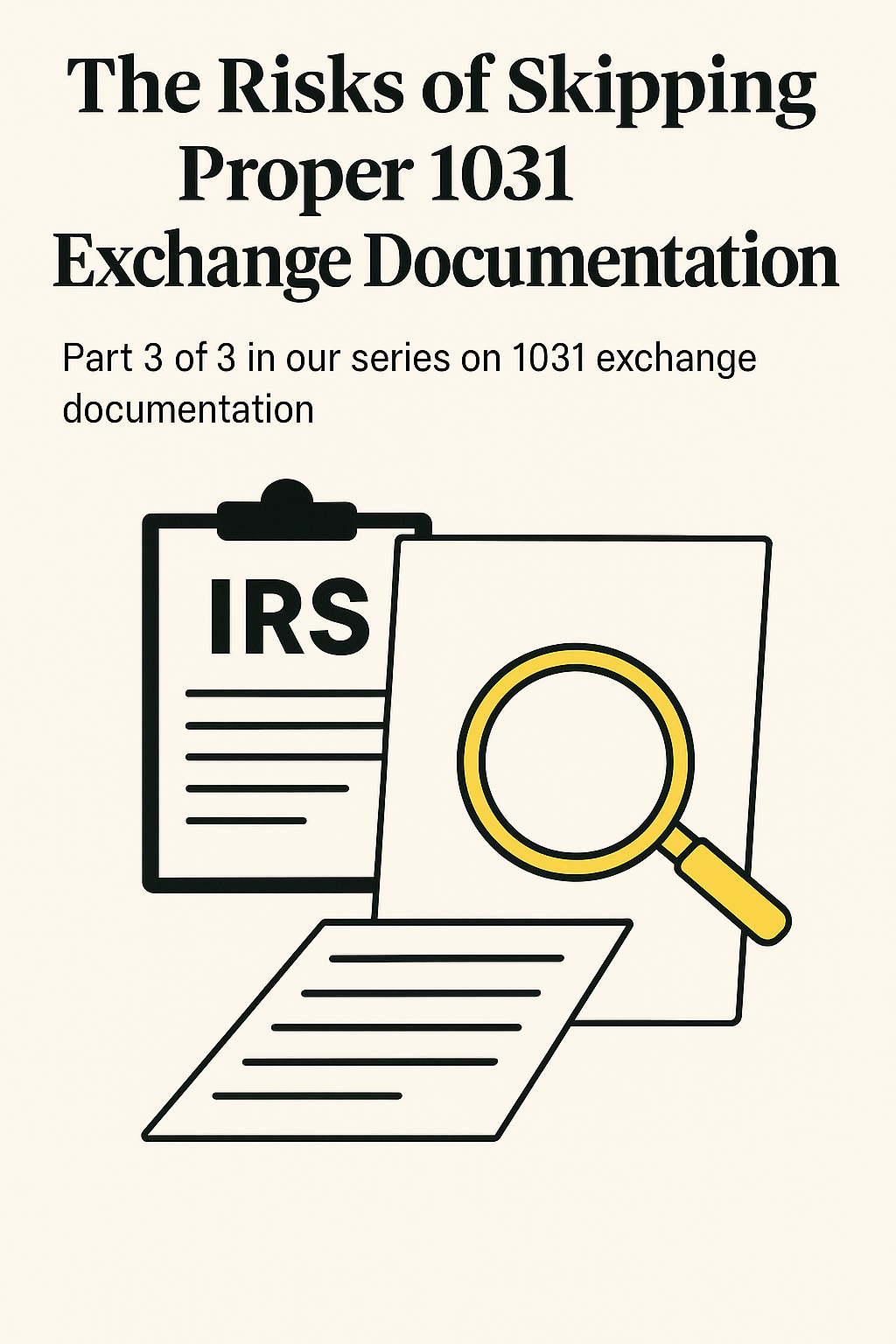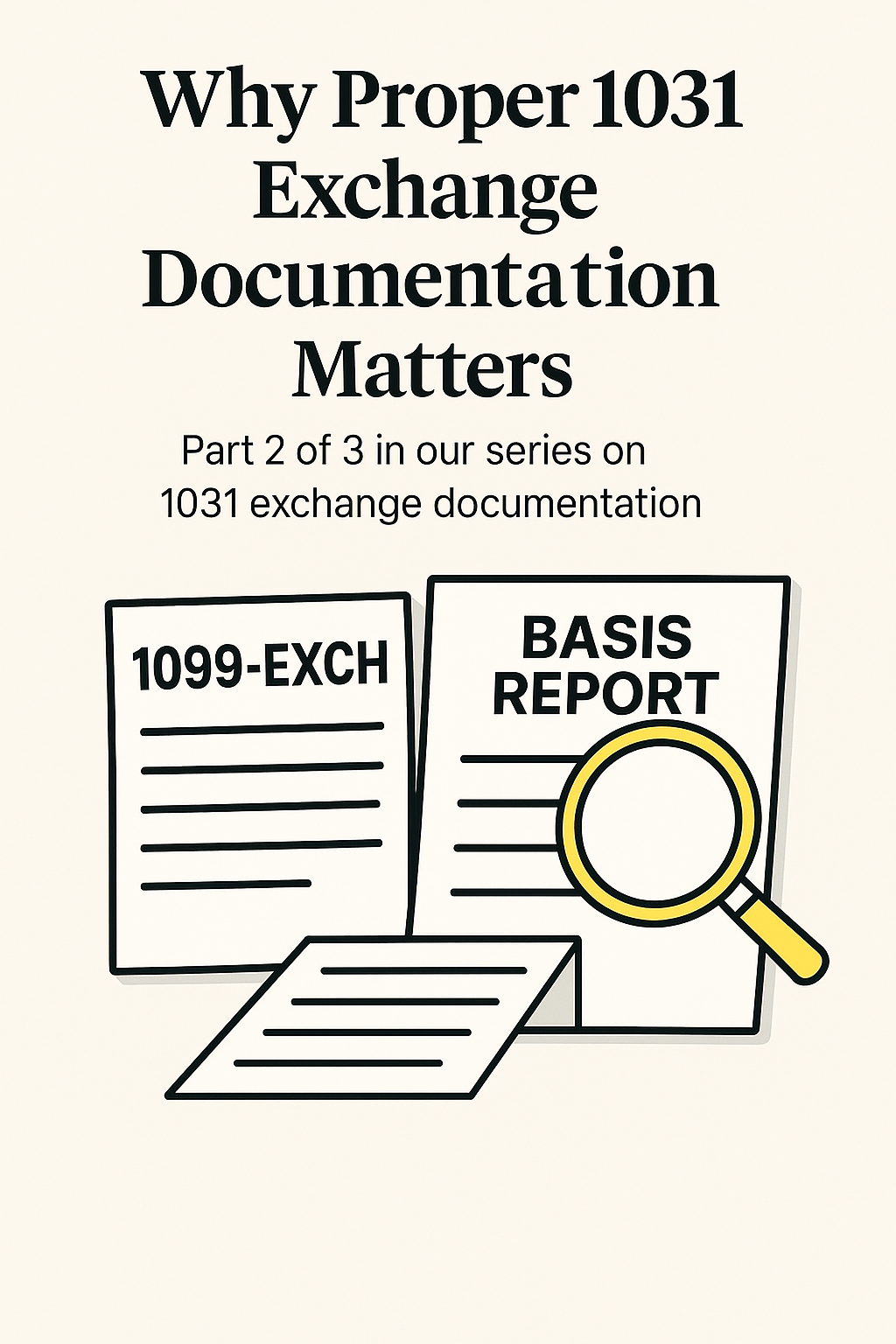Understanding the Term ‘Cash Received’
The term “Cash Received” is one that both intrigues and confuses many. Though it may sound direct, the term has layers beneath its surface. Some might think ‘Cash Received’ simply pertains to the money an accommodator gets or what the property seller eventually pockets. But when it comes to 1031 exchanges, there’s more to it.
To determine ‘Cash Received’, one must start with the property’s sale price, then deduct the selling expenses and the outstanding principal amount of any debt. This method ensures that we get an accurate picture of the real “cash” involved, which is essential to figure out taxable amounts.
However, the journey doesn’t stop here. During the sales process, there are other costs that often reduce the sale proceeds. It’s crucial to understand the difference between selling expenses and prorations. If, for instance, you’ve sold a rented property, the escrow agent may shift some of your proceeds to the buyer. This shift accounts for the rent you collected, which now belongs to the new owner. Also, some of your proceeds might go towards your share of property taxes. These costs are termed prorations, and they don’t reduce the “Cash Received”. Prorations are taxable “boot”; they are often deductible on Schedule E balancing out the boot.
Unpacking the Term ‘Cash Given’
Parallel to “Cash Received” is the term “Cash Given”, another crucial piece in the 1031 exchange puzzle. This term is closely tied with the concept of associated debt.
Before delving deep into “Cash Given”, we must shed light on the often misunderstood term – the principal amount of debt. For example, if a property for sale has a mortgage, the main amount of that loan is termed as “debt given”. However, mortgages aren’t the sole contributors. Due real estate taxes, which serve as liens against the property, or even pending interest on a loan, can also be tagged as debt. This understanding is crucial as, in exchanges, replacing debt can sometimes offer more tax benefits than cash.
Now, when we talk about “Cash Given”, especially when an accommodator is in the picture, it represents the money used by the accommodator to buy replacement properties. However, this process has its subtleties. As an investor, you can’t just pour your funds into the accommodator’s reserve. Let’s say you had the escrow forward you $50,000 in cash and sent the remaining sale proceeds to the accommodator. If you later decide to pump that $50,000 back into the escrow for a new property, it won’t nullify the initial withdrawal. In this setup, that $50,000 remains as “boot”. Though adding this cash back might offer some tax relief, it doesn’t shield from the tax effects of the initial $50,000 of boot you pulled out
Conclusion
Navigating the intricate pathways of 1031 exchanges can be a challenging task, even for seasoned investors. While understanding terms like “Cash Received” and “Cash Given” is crucial, the true mastery lies in the application of this knowledge in real-world scenarios. That’s where experts like Exchange Planning Corporation come in. With our specialized expertise and dedicated guidance, we transform the complex realm of 1031 exchanges into a seamless journey for our clients. Because in the world of 1031 exchanges, having the right partner by your side makes all the difference.
FAQ
Q: What exactly is a 1031 exchange?
A: A 1031 exchange allows investors to swap one investment property for another, deferring capital gains taxes in the process. A well planned exchange can often save as much on the future cash flow from your replacement properties as the tax deferred from the sale of the relinquished property.
Q: How does “Cash Received” differ from actual cash in 1031 exchanges?
A: “Cash Received” is a tax term and doesn’t just refer to the money you or an accommodator gets. It’s calculated by taking the property’s sale price, subtracting selling expenses, and the outstanding principal amount of any debt.
Q: What are prorations in the context of 1031 exchanges?
A: Prorations are costs like rent collected or property taxes paid that might be shifted between the buyer and seller during the property’s sale. While they can affect the sale proceeds, they don’t reduce the “Cash Received”.
Q: Why is it essential to differentiate between selling expenses and prorations?
A: While both can reduce the sale proceeds, only selling expenses reduce “Cash Received”. Prorations lead to taxable “boot” but often come with deductions that balance it out.
Q: Why should I consider Exchange Planning Corporation for my 1031 exchange needs?
A: With our specialized expertise in 1031 exchanges, we guide investors through every step, ensuring they maximize benefits and make informed decisions. Our dedicated team is committed to simplifying the process, making it efficient and beneficial for our clients.




